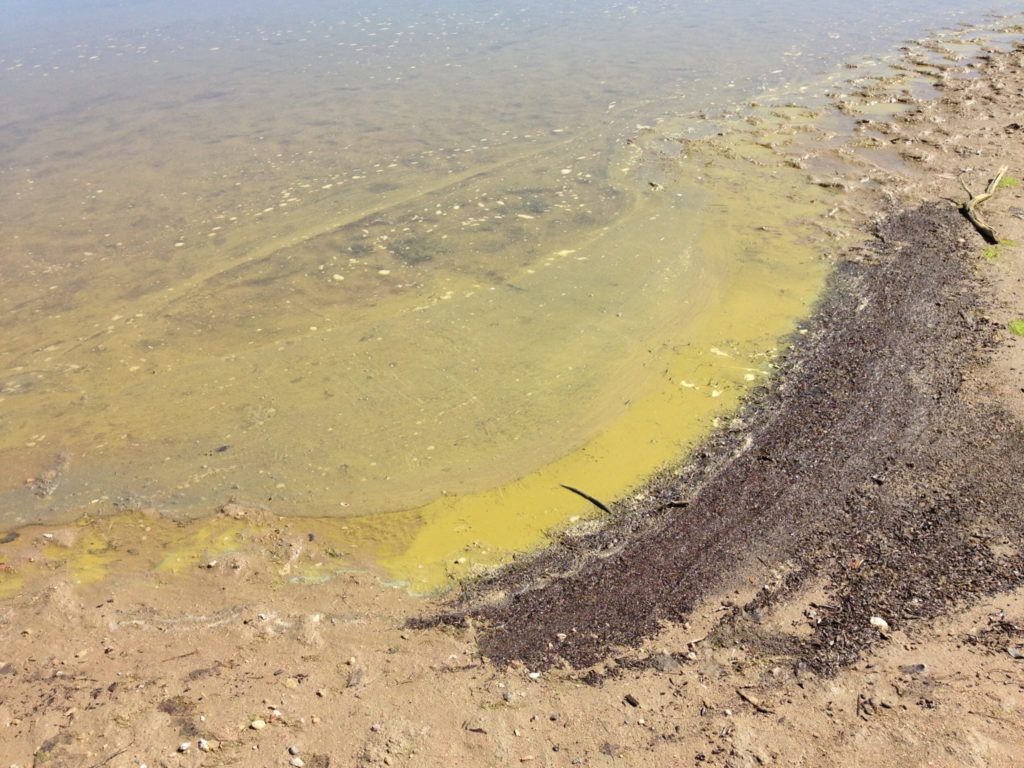
Blue-green algal blooms close reservoirs and threaten water supplies because they’re poisonous – and even deadly – to animals, humans and the environment.
CSU Chemical and Biological Engineering Professor Brad Reisfeld is leading a U.S. Environmental Protection Agency grant to develop a low-cost, floating early warning system that could help stem illness and environmental threats from algal blooms.
The $25,000 People, Prosperity and the Planet (P3) student design competition grant to CSU also includes Professors Steve Simske in Systems Engineering, and Ed Hall in the Department of Ecosystem Science and Sustainability, Warner College of Natural Resources.

Reisfeld and his multi-disciplinary team plan to build an autonomous drone with multiple functions including early detection, water sampling, and remediation designed to help water resource managers, regulators and ranchers. Reisfeld envisions teams comprising students from engineering, natural resources, business, design and merchandising and education for the project.
The team also plans to engage interdisciplinary study groups in the Nancy Richardson Design Center in the College of Health and Human Sciences.
Reisfeld, a Fellow of the American Society of Toxicology, conducts research on adverse health effects caused by environmental factors. Simske is a systems design expert with a strong background in sensing and data analytics, while Hall is an expert in the ecology of algal blooms.
Participating students will showcase their projects at EPA’s National Student Design Expo – likely virtual – in the spring.
“What they’re hoping is to get students engaged in the environmental sciences and work on projects that will advance their mission,” Reisfeld said of EPA. “Phase 1 is the proof of concept where we would build the device and demonstrate. If the project is selected, we would then move into Phase 2, which is aimed at commercialization.”
No sensor technology currently exists for the reliable detection of harmful algal blooms, Reisfeld said.
“The difficulty is identifying whether the blooms are harmful or not,” he said. “We will investigate new sensor technologies and ways of adapting current sensors based on our understanding of the biology of relevant algae and cyanobacteria. All the students participating will be able to work on integration and synthesis of ideas. Everybody will get a taste of the other disciplines by working together.”
He added that the students will also be mentored by Systems expert Simske: “It’s the system of your device and how it’s going to impact ecosystems, economics and the planet as a whole.”